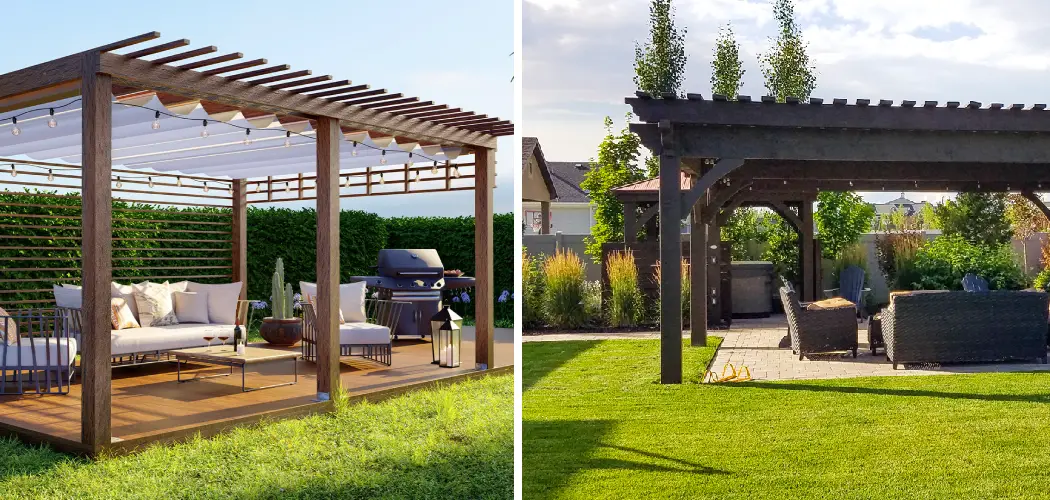Anchoring your pergola to the ground is important in ensuring its stability. Without a secure anchor, strong winds can cause your pergola to become unstable and potentially damage it or any other item nearby. If you are anchoring your pergola onto a concrete patio or slab, ensure that there is enough space around the edges of the pergola for you to be able to access and secure it properly.
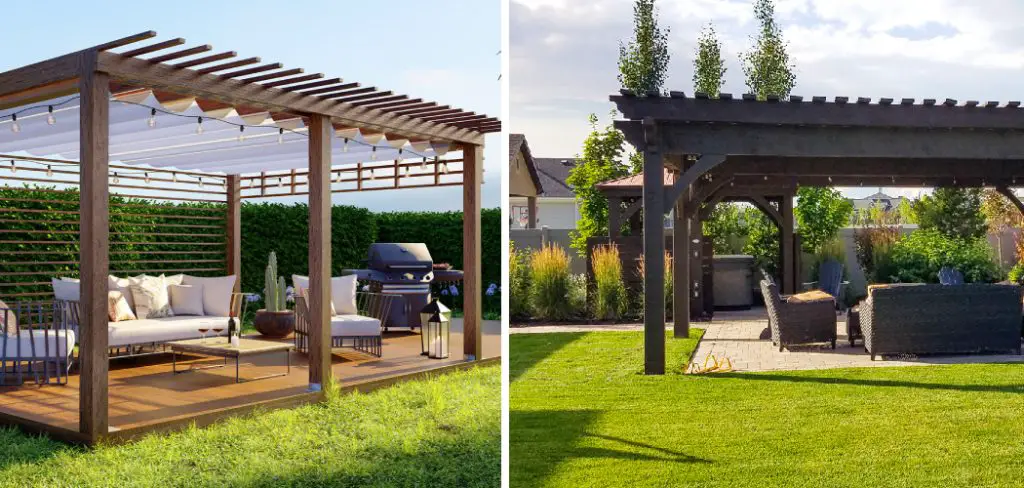
Anchoring your pergola to the ground offers several advantages. It increases the stability and sturdiness of your structure, making it less susceptible to environmental damage or wear and tear. Additionally, anchoring makes it easier to attach accessories such as lights or fans without fear that they will fall off in high winds or storms. In this blog post, You will learn how to anchor a pergola to the ground.
Step-by-Step Processes for How to Anchor a Pergola to the Ground
Step 1: Inspect the Site
Before installing your pergola, you need to inspect the site and determine what kind of anchoring method you need. You should consider factors like the soil type, how much weight it can hold, etc.
Step 2: Choose an Anchoring Method
Next, decide on which anchoring method is best for the job. You should consider the type of soil, the weight of the pergola, and any other factors that could affect its stability. Some common anchoring methods include pouring concrete footings, screwing metal anchors into the ground, or using anchor plates with eye bolts.
Step 3: Prepare for Installation
Once you decide on an anchoring method, you must prepare for installation. This includes gathering the necessary materials and tools, such as shovels, augers, posthole diggers, concrete bags, etc. Clear the area where you want to build your pergola. Ensure no obstacles or debris could impede the installation.
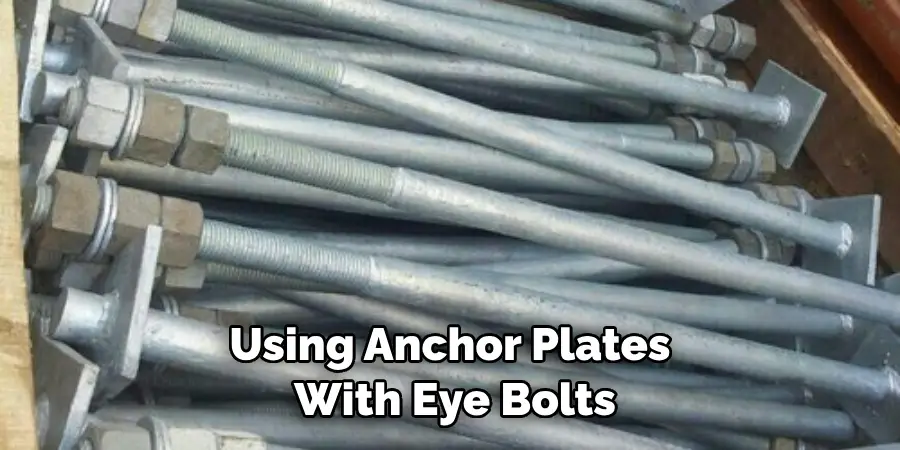
Step 4: Dig Holes for Anchors
Use a posthole digger or auger to dig holes for your anchors. The depth and size of the holes will depend on the type of anchoring method you’ve chosen. Place your anchors in the holes and ensure they are securely in place. Using metal anchors, tap them into the ground using a mallet.
Step 5: Pour Concrete Footings
If you’ve chosen to pour concrete footings, mix the concrete according to the manufacturer’s instructions. Fill each hole with wet concrete until it is level with the ground. If you’ve chosen an anchoring method that requires eye bolts, attach the eye bolts to the anchors. Make sure that they are securely in place and aligned with each other.
Step 6: Install Pergola Posts
Install your pergola posts and ensure they are level and firmly in place. Use a level to check the alignment of each post. Secure your pergola posts with the anchors you’ve chosen. Depending on the type of anchoring method, you may need to use nuts and bolts or lag screws to secure the posts.
And there you have it, steps towards successfully installing your pergola. With these steps in mind, you’ll be able to construct your backyard oasis with ease.
Safety Tips for How to Anchor a Pergola to the Ground
Safety must always be your top priority when working on any outdoor project. Here are some precautions to take when anchoring a pergola to the ground:
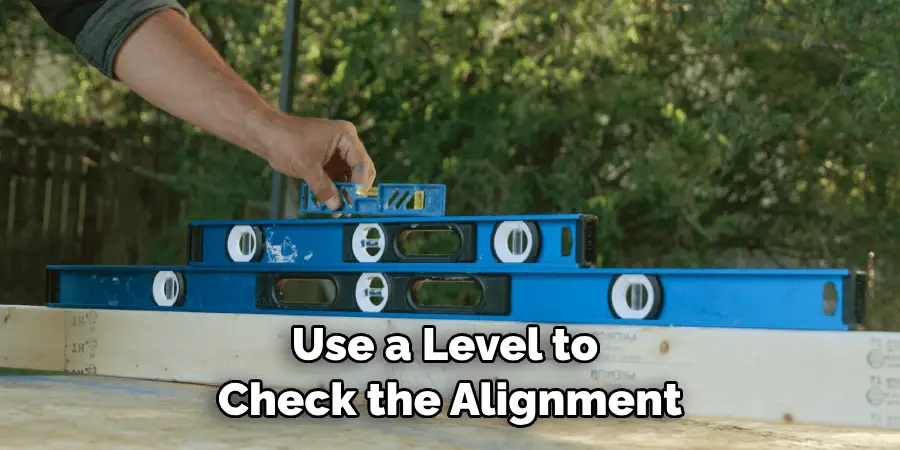
- Wear protective gear such as gloves, goggles, and dust masks when digging or working with cement or other materials.
- Ensure all tools and equipment are in good working condition before using them.
- Follow the manufacturer’s instructions and adhere to local building codes when installing anchors and other hardware.
- Hire a professional for more complex jobs that require specialized tools or expertise.
- Check the stability of your pergola regularly, especially if it is installed in an area with heavy winds or rainfall.
- Ensure the ground is level and free of obstacles before anchoring your pergola posts to avoid accidents or damage to the structure.
By following these safety tips, you can ensure that your project will succeed and you’ll enjoy many years of outdoor relaxation in your new pergola.
What is the Best Method for Anchoring a Large Pergola to the Ground?
When it comes to anchoring a large pergola to the ground, there are several methods you can use to ensure your structure is secure and safe. Here’s a look at some of the most common methods for attaching a large pergola to the ground:
- Install Post Anchors: One of the most popular methods for anchoring a large pergola. Post anchors are typically made of galvanized steel and can be driven into the ground to secure the structure. You can use post anchors for both soft and hard soils.
- Anchor Bolts: Anchor bolts, or L-shaped bolts, are also used to secure pergolas into the ground. The head of the bolt is driven into the ground and then the pergola is attached to the threaded portion of the bolt.
- Concrete Piers: If you’re installing a large pergola on concrete, you may want to use concrete piers for extra stability. Pouring concrete piers can be labor-intensive and requires basic knowledge of construction techniques.
- Surface Mounts: A surface mount is another option for anchoring a pergola to the ground. This method involves attaching metal brackets or plates to the base of the pergola and then mounting them to the surface below, such as concrete or stone.
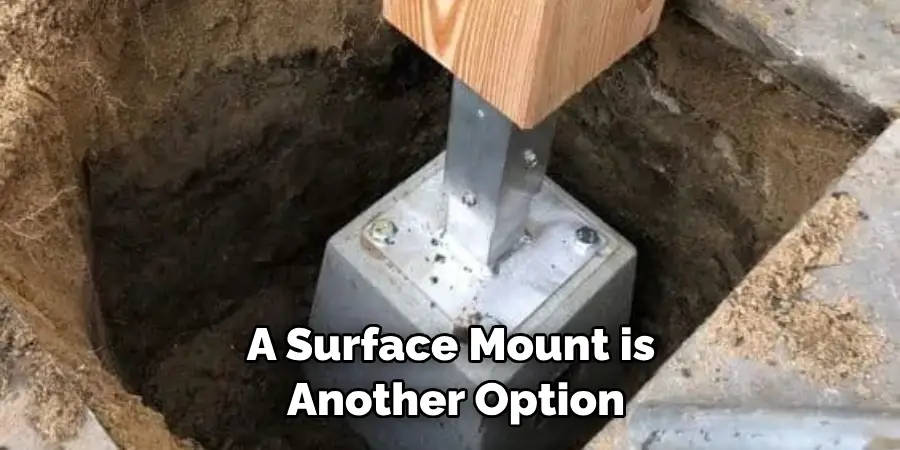
No matter which method you choose, ensuring your structure is secure to the ground is important. This will ensure your pergola stays in place, even during gusty winds and storms. If you’re unsure of how to anchor your pergola correctly, it’s best to contact a professional for assistance.
Causes of How to Anchor a Pergola to the Ground
- Inadequate Foundation: Without a sturdy foundation, your pergola won’t withstand the structure’s weight. If not reinforced, an inadequate foundation could lead to shifting or sinking posts and even collapse.
- Poorly Secured Posts: If the posts are not properly secured to the ground, they can move or become unstable over time. Use the right fasteners and anchoring products for your pergola’s posts.
- Poorly Secured Joists: If they are securely attached to the posts, they can stay tight over time, leading to stability and collapse. Be sure to use the right fasteners and anchors when attaching them.
- Unstable Surfaces: For the structure to remain stable, the surface it’s placed on needs to be solid and leveled. Unleveled and unstable surfaces could cause your pergola to become wobbly or collapse.
- Exposure to Extreme Weather: If your pergola is exposed to extreme weather conditions such as heavy winds, rain, hail, or snow, the structure can become unstable and collapse if not properly secured.
- Improperly Installed Bracing: If the bracing of your pergola is installed incorrectly, it can cause instability and even collapse if not reinforced. Make sure to double-check all connections for proper installation.
When anchoring a pergola to the ground, it’s important to ensure that the posts, joists, and bracing are properly installed and secured. You should consider anchoring products specifically designed for outdoor use to prevent collapse due to extreme weather or unstable surfaces.
Is There Any Additional Maintenance Required After Anchoring Your Pergola to the Ground?
Once you have securely anchored your pergola to the ground, there is no need for additional maintenance. However, it is important to check the stability of the anchorings regularly (especially after extreme weather conditions or strong winds) to ensure that everything remains secure. In addition, if you’re using wooden posts to secure your pergola, periodically check for signs of decay and replace them as needed.
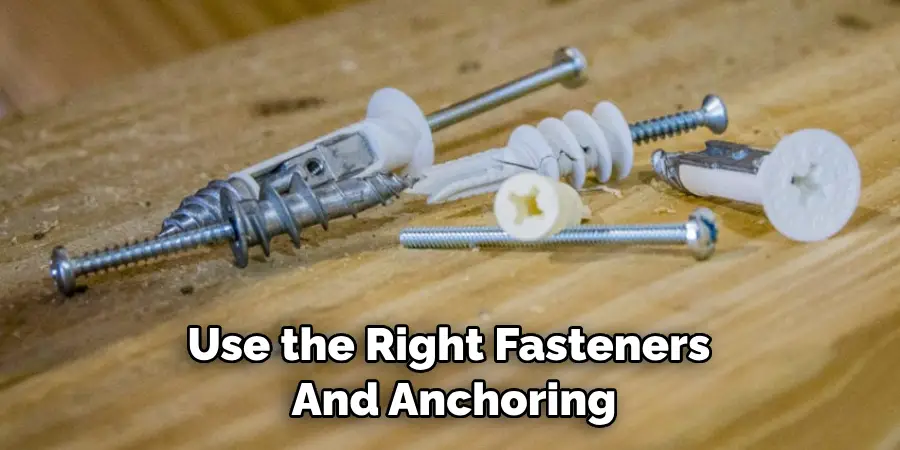
Finally, consider using an anchor system to secure your pergola, which is especially useful if you plan to make regular changes or additions to the structure. This will help keep everything stable and secure even during severe weather conditions.
How Can You Prevent Your Pergola From Becoming Loose in the Ground Over Time?
The best way to prevent your pergola from becoming loose over time is to check the anchors regularly and ensure they are secure. You should also put a layer of mulch or gravel around the base of the pergola to ensure it won’t move.
Additionally, if you’re using screws or bolts as anchors, you should occasionally loosen them to prevent them from rusting or sticking in the ground. If you’re using metal anchors, check for corrosion frequently and replace or repair any corrupted or damaged anchors. Finally, it’s important to ensure your pergola is level and secure before using it, as this will help prevent shifting over time.
Conclusion
In conclusion, anchoring a pergola to the ground is important in ensuring its stability and safety. It can be done with anchors such as screws, bolts, and lag screws.
The anchor you should use depends on your particular circumstances; for example, if you have concrete footing or wooden posts, it may require different anchors than if your pergola is installed on grass or soil. This article has been beneficial for learning how to anchor a pergola to the ground. Make Sure the preventive measures are followed chronologically.

